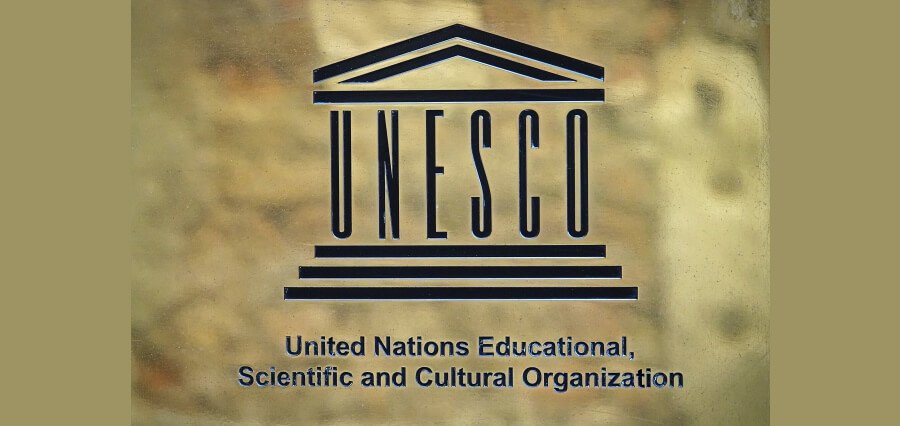Despite notable advances in education worldwide, the most recent UNESCO Global Education Monitoring (GEM) Report indicates that 251 million children and youth are still out of school. Although there has been progress, the reduction percentage or the out-of-school population has only improved by 1% over the past ten years, indicating a standstill in the fight for universal education. The report reveals that 110 million additional children and youth have been educated since the period the United Nations Sustainable Development Goals (SDGs) were adopted in 2015 and there have been remarkable improvements in primary and secondary school enrollment and completion rates. Since 2015, secondary education enrollments have increased by 40 million youth. One concern however remains the absence of any significant change in the number of out-of-school children. Largest portions of Low and Lower-Income countries continue to suffer education crisis and chronic underfunding which only increase disparities.
The regional trends have a marked effect in low-income countries where around 33% of the school-going and even the youth remaining out of school compared to about 3% in high income countries. More than half of the children and young persons, who are out of school, globally, are to be found in the Sub Saharan Africa. This therefore calls for an urgent need to fill this gap in order for the global education sector to even think about achieving SDG 4, which aims at ensuring educational quality and accessibility for everyone.
Another factor which hinders the widening of access to education is the underfunding of education systems. As stated in the Education Finance Watch 2024 report, which was released together with the GEM Report, countries that invest less than 4% of their GDPs in education are nearly 40 percent of the countries. In 2022, low- and middle-income regions allocated only $55 per student for education while high-income region spent $8,543 per student. Furthermore, the increasing burden of debt repayment Service also limits the resources earmarked for education, tensing the financial allocation aimed towards education in some African countries where the amount used for repayment of loans is similar to that of funding education.
In an effort to overcome these financial constraints, UNESCO is calling for new approaches to funding such as debt-for-education swaps. This would involve countries weighed down by excessive debts transforming it to the investments in education in partnership with organizations such as the G20 or Global Partnership for Education.
With the Global Education Meeting of UNESCO looking ahead into 2024 in Fortaleza, Brazil it was critical for the aforementioned challenges to be met with global solidarity and great leadership. In tune with the priorities of the G20, Camilo Santana, Brazil’s Education Minister, focused on the need to curb the educational disparities and ensure that results from the discussions translated into real and inclusive actions. The event ended with the Fortaleza Declaration, which advocated for enhanced funding for education, the incorporation of climate change education in the school syllabus, and the advocacy for peace and equality education.


